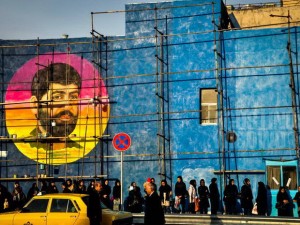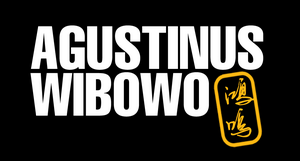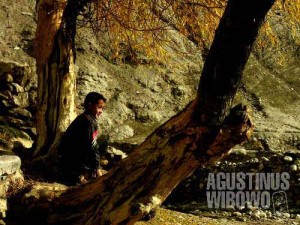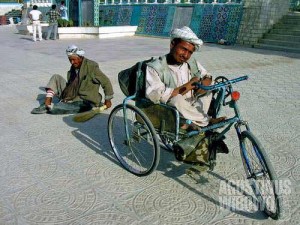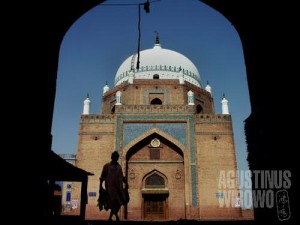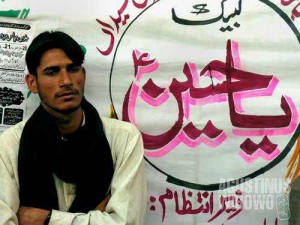#1Pic1Day: Kota Para Syahid | City of Martyrs (Tehran, IRAN, 2009)
City of Martyrs (Tehran, IRAN, 2009) The concept of martyrdom is very important in Shia Iran. Their spiritual hero, Hussain ibn Ali, was martyred in the Battle of Karbala. Like the struggle of Hussain, Iran also regards itself as a minority defending the truth against the vice of majority. The history of Iran is full of similar stories: how the people power toppled the tyranny of Shah regime, how they were fighting against British and CIA plot, and how they are persistent defending their culture against Arab influence. Iran was involved in decade wars with the Arabs of Iraq, and now engulfed by the hegemony of America in the Arabian Peninsula, Iraq, and Afghanistan. With the strong concept of martyrdom, the cities of Iran are full of monuments and murals to remember the spirit of the martyrs. Kota Para Syahid (Tehran, IRAN, 2009) Konsep syahid sangat penting di negeri Syiah Iran. Pahlawan spiritual mereka, Hussain bin Ali, menjadi syahid dalam Perang Karbala melawan kebatilan Yazid. Seperti perjuangan Hussain, Iran juga memandang dirinya sebagai minoritas yang membela kebenaran melawan mayoritas yang zalim. Sejarah Iran juga penuh cerita serupa: bagaimana kekuatan rakyat berhasil menggulingkan rezim Shah, bagaimana mereka melawan plot jahat kolonialis [...]

